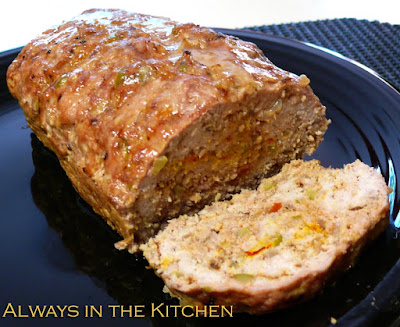
I had just about given up on summer. Before this glorious September sneaked up on us, I was frantically soaking up as much sunshine and warmth as I could, trying to store it up for the depths of December, when I would most miss it. I started, as the weather started to turn to wet, to make soup.
Borscht is one of those dishes that engenders strong opinions in its adherents. Should it be beets alone, or with cabbage? Should there be meat stock, or should it be vegetarian? Carrots? Do you add wine, or just vinegar? Should it be hearty, a meal in itself, or a starter for cabbage rolls, pyrohy, and sausage? Should it be hot or cold? Chunky, or smooth? Truth is, you can serve it any way you like. Cold and pureed in the summer, hot and chunky in the autumn and winter, clear, spare and delicate in the spring. There isn't a season that doesn't have its borscht.
The funny thing is, most folks who acknowledge their love of a good bowl of borscht like the variations just fine...they simply may not consider them to be
proper. You know, the grail borscht, the standard from which all others are merely delicious anomalies.
My favourite version comes from Diane Forley's lovely work
Anatomy of a Dish which is required reading for the botanically inclined cook. I haven't altered it much at all, going with the full cup of red wine and full cup of red wine vinegar, but I've cut the sugar down to a lean 1 tablespoon, whilst she allows (gasp!) as much as 2/3 of a cup, which I think is the short train to crazyville. Beets, especially roasted ones, are quite sweet enough. However, she gets my big seal of approval for eliminating much of the tedium of borscht making - she doesn't grate or chop the raw beets. She roasts them, skin and all, and when they are done you can simply slip the skins right off. If you have roasted them a little more
al dente, so to speak, you may need to grasp the roasted (and cooled) beet in a clean cloth, such as a washable jaycloth, and briskly rub to remove the skins. I do so under running cool water, which minimizes any potential mess. It is marvelously easy - and has less waste than using a vegetable peeler.
I also note that Forley suggests that this recipe serves 8. What she doesn't mention, is that this would be eight starving farmhands. If you're simply serving it as a generous appetizer, it would easily serve 20. It's a lot of soup. My freezer is now full of it, in fact. But, really, there's no sense in making a tiny pot of borscht. Go big, and dine off it for a couple of months.
Borscht
adapted from Anatomy of A Dish, by Diane Forley
Serves 8 (farmhands).
1½ lbs. baby beets, roasted, peeled and diced
2 onions, diced
2 celery stalks, diced
2 carrots, diced
¼ head red cabbage, sliced
2 tablespoons olive oil
4 cups chicken stock
4 cups water
1 cup red wine
1 cup red wine vinegar
1 tablespoon sugar
1 cinnamon stick
2 cloves
1 bay leaf
1 sprig of fresh thyme
1 waxy potato, diced (Forley recommends a russet, but I find them too mealy)
To roast the beets, seal them in a foil pouch with a spritz of olive oil, and roast at 400° F for approximately 1 hour, or until a knife slides easily into one. Remove, allow to cool for fifteen minutes, and rub the skins off under cool water. Dice and set aside.
In a large Dutch oven, sauté the onion, carrot, celery and cabbage in the olive oil with a little salt and pepper until vegetables soften and become translucent. Add the diced beets, stock, water, spices/seasonings, sugar, wine and wine vinegar. Bring to a gentle simmer and allow to cook for 15 minutes. Add the potato and allow to cook for another 15 minutes. Taste, re-season as necessary, and serve. If you're a fan of dill, sprinkle some over each bowl, but it certainly doesn't need it.
A note on dicing: beets do not shrink down, so dice them to the size you want to find in your spoon, when you are eating.
 It's official: I'm on a soup jag.
It's official: I'm on a soup jag. 














